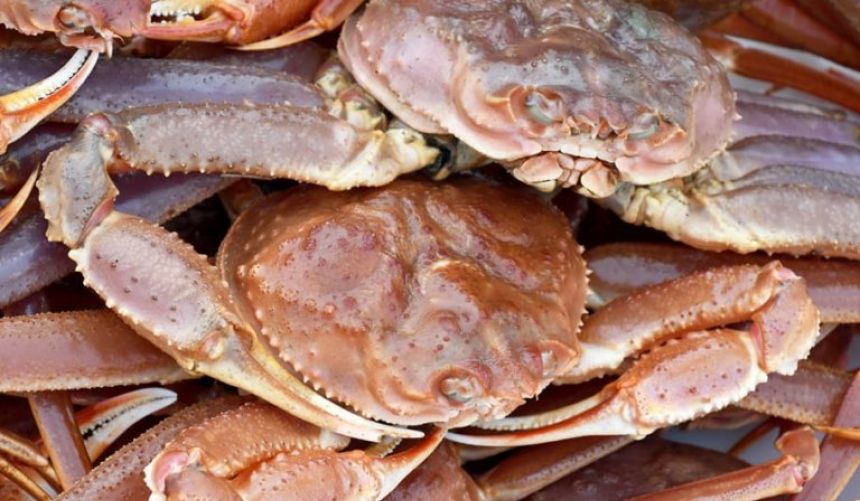PICO
Most people think of invasive species only as a nuisance with negative impacts on biodiversity and costs to society. However, some invasive species may also bring benefits, making it difficult to decide on the management strategy.

About the project
This project, Participatory modelling of integrated ecosystem-based management regime for invasive crabs (PICO), ended in 2024. This document provides a summary of our main findings:
Management of invasive crabs in Northern Norway. Researching perceptions of the risks, opportunities and values of different management regimes.
Background
Both the Red King Crab and the Snow Crab are invasive in the Barents Sea affecting native ecosystems. While initially only a nuisance getting entangled in fishing nets, the Red King Crab has become a significant source of income to fishers that have been allocated quotas. The Snow Crab has also evolved into a valuable fishery, attracting interest from commercial fishers in Norway, Russia and internationally and has even created conflicts regarding its ownership. While the ecosystem impact is regulated through fishing on Red King Crab, the management hardly accounts for ecosystem impacts of the Snow Crab invasion.
Project aims
The PICO project aims at identifying suitable compromises in managing these two invasive crabs. The project underscores the importance of bringing stakeholders together to co-create new knowledge. The aim is to find solutions that reconcile different value systems.
In the first project period, we have focused on understanding the knowledge status on the potential ecological impacts of the crabs, developed theoretical models, and tested surveys that will be used to captured people's opinions.
The next step is to conduct surveys to get insight into risk perceptions of stakeholders with respect to the impacts the crabs could have on ecosystem services, as well as the estimated value of the ecosystem services these crabs represents a threat to. Inclusion of these values in theoretical modelling is important to understand the different trade-offs in managing the crabs.
The use of participatory modelling, where stakeholders give input to the development of models to guide management decisions, will be implemented at a later stage of the project.
Through this type of involvement of relevant stakeholders in an economic analysis, we hope to develop cost-effective regulatory instruments that include environmental and other concerns and result in more far-sighted management of these invasive species.
The project will be administered by the Norwegian Institute for Water Research (NIVA) and Norwegian College of Fishery Science at The Arctic University of Norway (UiT). Dr. Jannike Falk-Andersson, researcher at NIVA, is the project manager and will be assisted by Prof. Claire Armstrong from UiT.
Project structure
The project is organized into four workpackages (WPs) designed to meet the objectives (figure below). Read more here.

Expected project results
The models developed are applied to:
- evaluate existing management for Red King Crab and Snow Crab,
- identify regulatory measures and provide quantitative estimations of these measures,
- identify cost-effective management options.
Thus, the project aims to provide useful insights to improvements in current management of Red King Crab and Snow Crab for employment in northern Norway. The management guidelines developed will be available for international adoption.